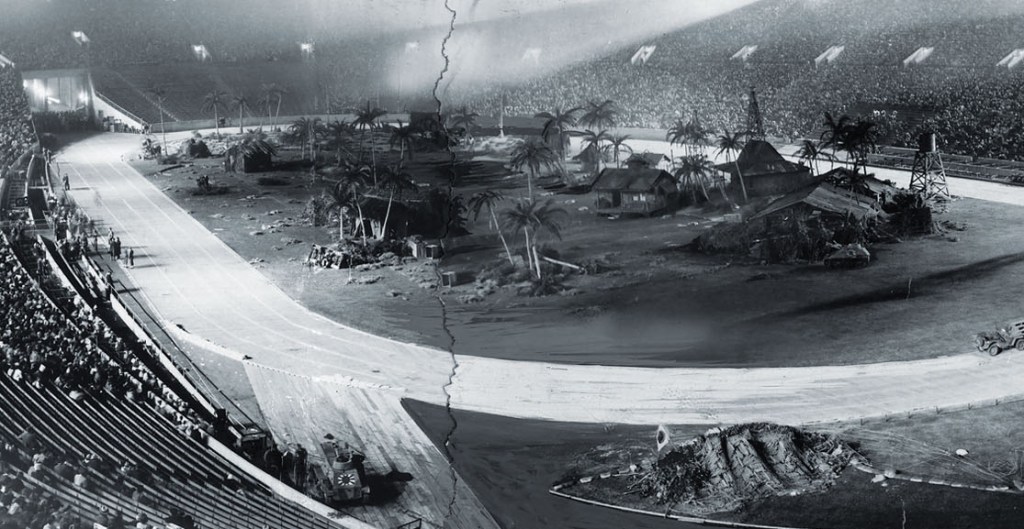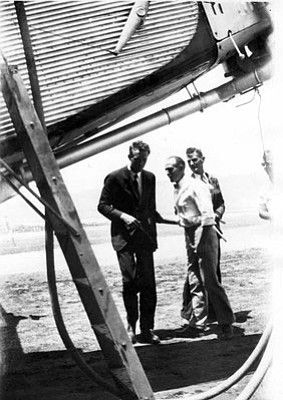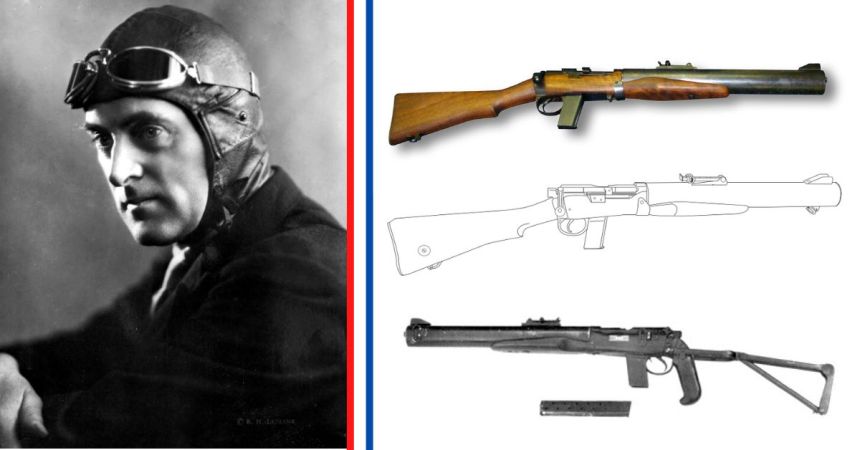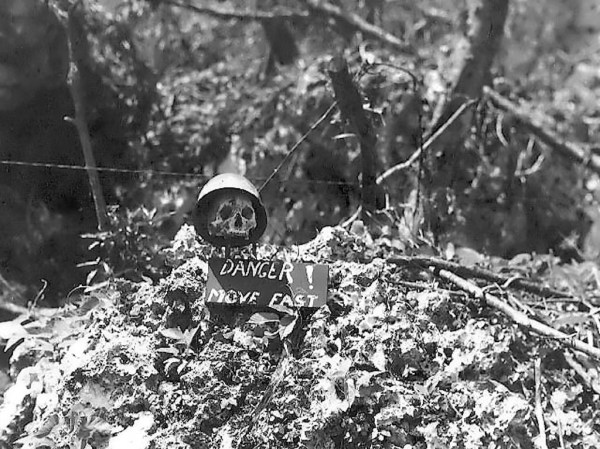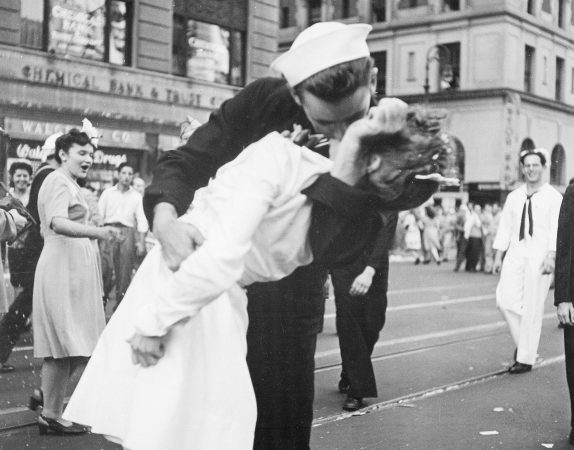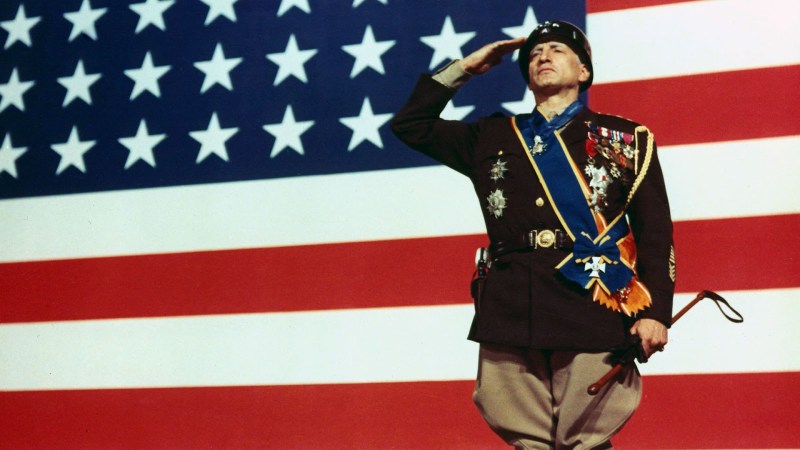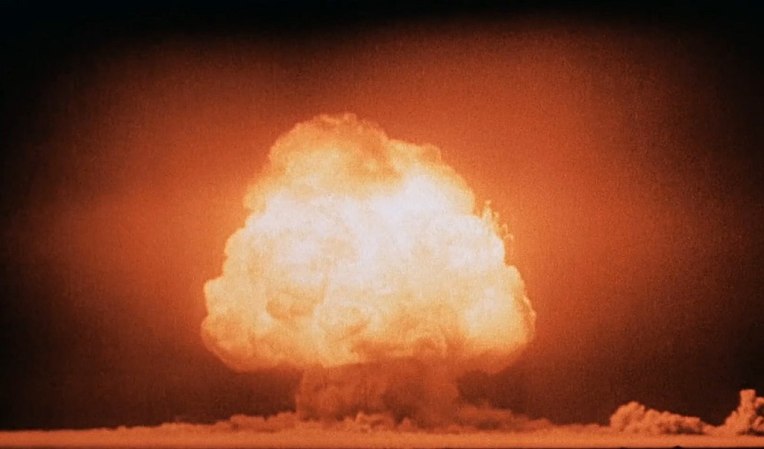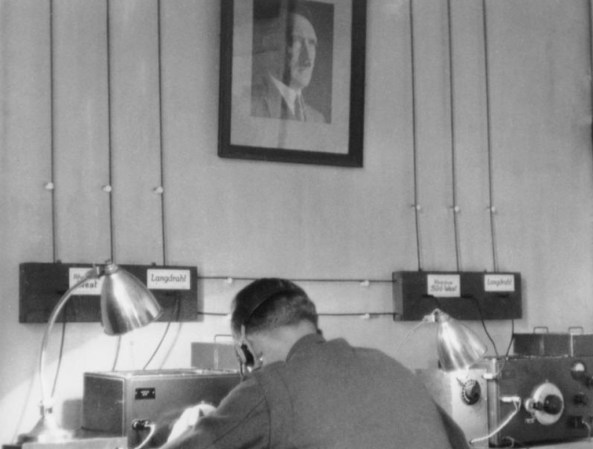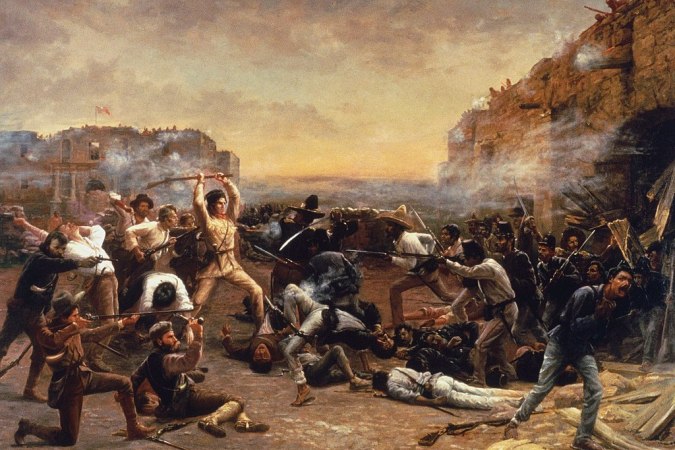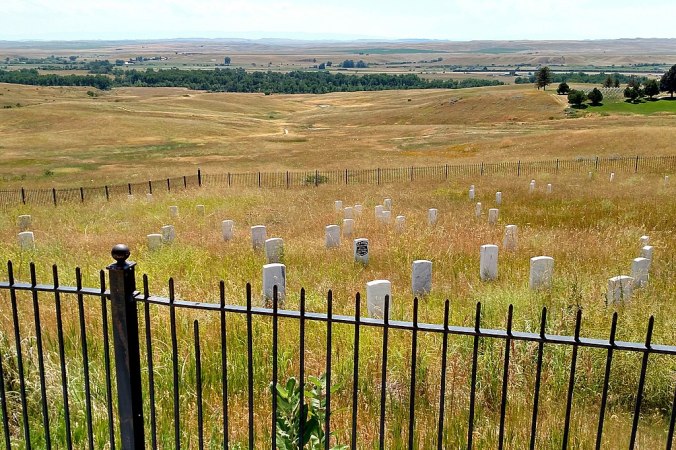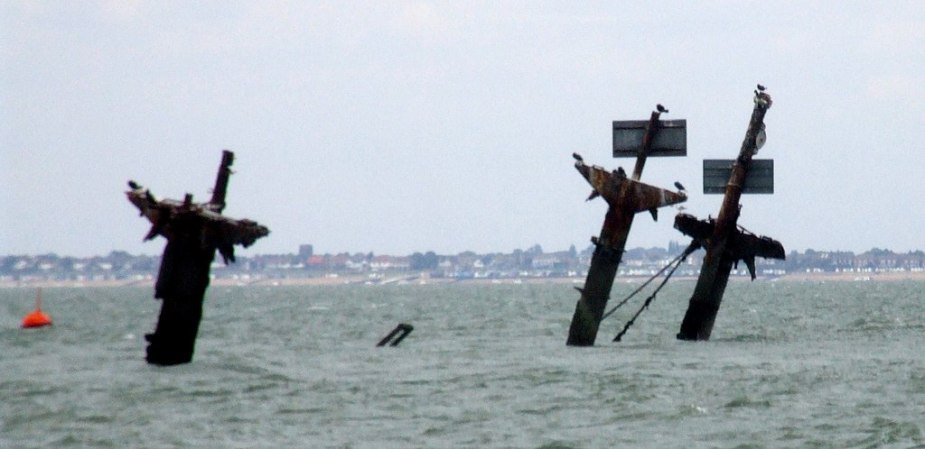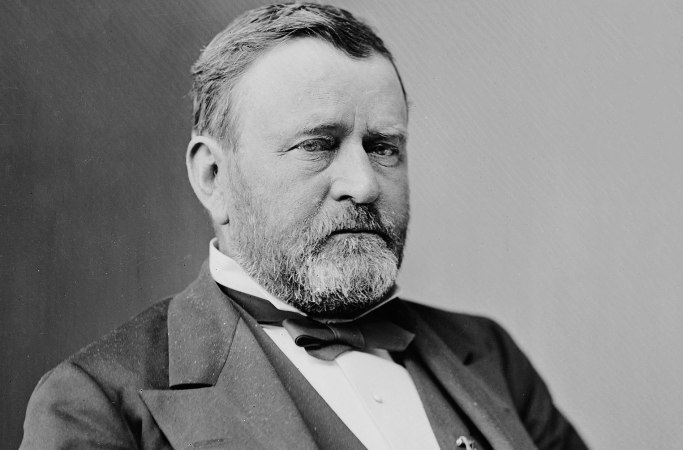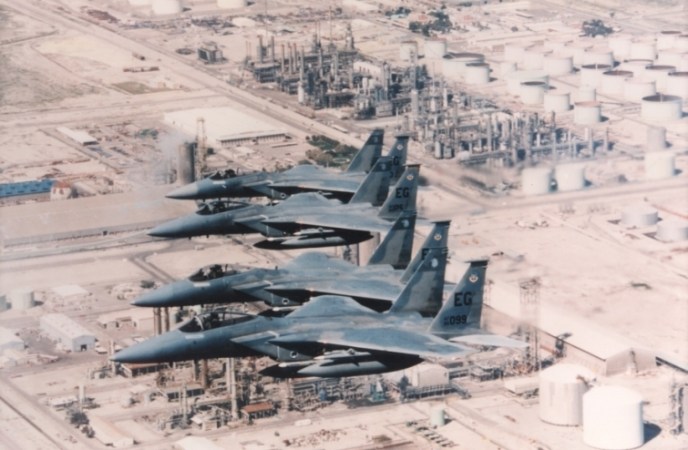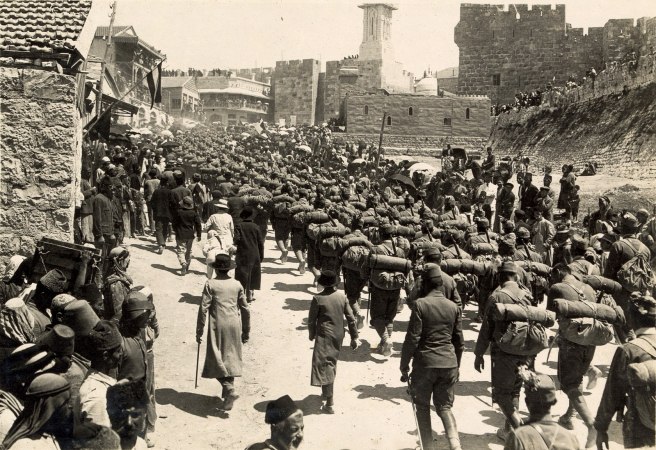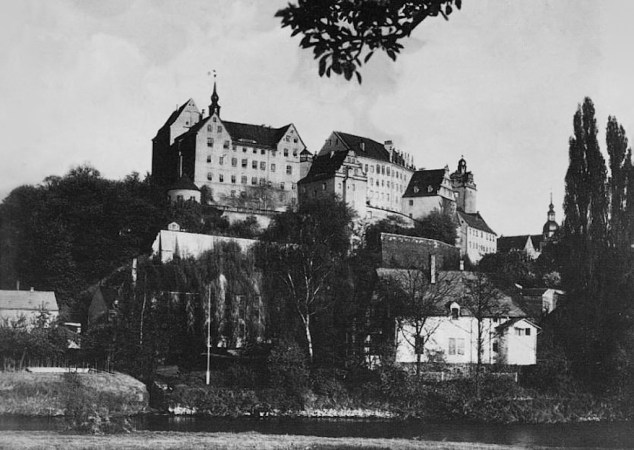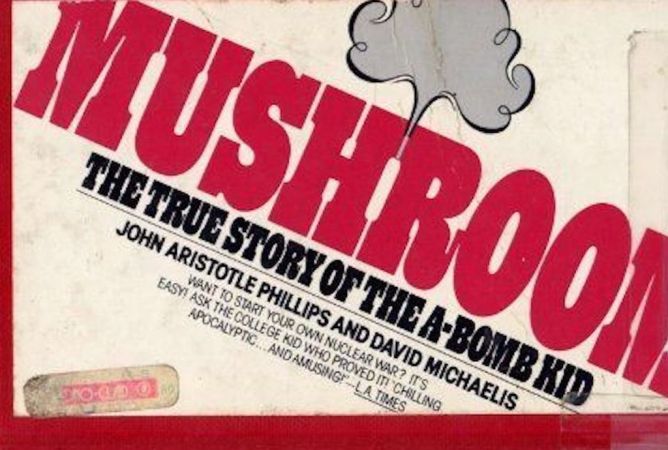Throughout World War II, the United States government launched a series of media campaigns designed to keep Americans’ eyes on the prize: total victory and unconditional surrender. But that’s easier said than done, especially when the war is going well. In 1943, American forces had landed in North Africa, helped the Allies push the German Afrika Korps out of the continent, then turned around and invaded Sicily and Italy.
It was a good pace, but the government needed to maintain that pace and keep the populace from getting complacent. It still needed the public to adhere to rationing goods and commodities while getting their money in the form of war bonds. It also needed to keep the American workforce as driven as they were in the days following the attack on Pearl Harbor.
To keep a good thing going, the government turned to increasingly spectacular public relations events. Few of these events were ever as much of a spectacle as the Battle of the Los Angeles Coliseum, where real American troops from the Army simulated what it took to assault a Japanese position in the Pacific Theater of the war.
Overconfidence in the war’s outcome wasn’t just a psychological problem, it was turning into a very real issue. In 1944, President Franklin D. Roosevelt had to mention it in his State of the Union Address. War production was falling off at the rate of a thousand airplanes per month in 1943.

To counter this, the War Department and War Production Board sent America’s war heroes, leadership and intelligence officials to the West Coast, where the bulk of the nation’s production for the Pacific War was happening. They warned that the enemy had three times the manpower it had when the war began and that complacency could draw out the war to as late as 1949. It was a dark message, but a necessary one.
It was all a prelude to the real show, one that would take place at the Los Angeles Coliseum. Built for the 1932 Summer Olympics, the Coliseum was one of the nation’s largest stadiums at the time and could hold 100,000 spectators. The football field at the stadium was converted to become a mockup of a a Pacific island, heavily defended by the Japanese. When it came time to show how American forces would take such a position, 250,000 people showed up to watch.
Some 150 soldiers from the U.S. 140th Infantry Regiment took the field, their faces and uniforms muddied and dirty to look as though they’d been in the field for weeks or months. They assaulted the mock Japanese with rifles, machine guns, grenades, and artillery. The earth beneath the soldiers’ feet exploded as if they were taking return fire. The entire spectacle was enhanced with special effects from the nearby movie studios.
As if the battle wasn’t enough, U.S. Army Air Force planes buzzed the stadium to simulate what it felt like to receive close air support. As day turned to night, searchlights lit up the skies over the Coliseum to highlight the waves of aircraft zooming over the stadium. When the battle was over, the Army’s chaplains took the field to deliver the Last Rites to the “fallen” soldiers on the mock battlefield. The audience was inspired to stand and take an oath to keep working until the job was totally finished.
Read more on WATM:
How Japan reacted to the Allied invasion of Normandy on D-Day
The Germans had their own mad general who rode into combat in a kilt
This British infantry rifle is one of the quietest rifles ever made

